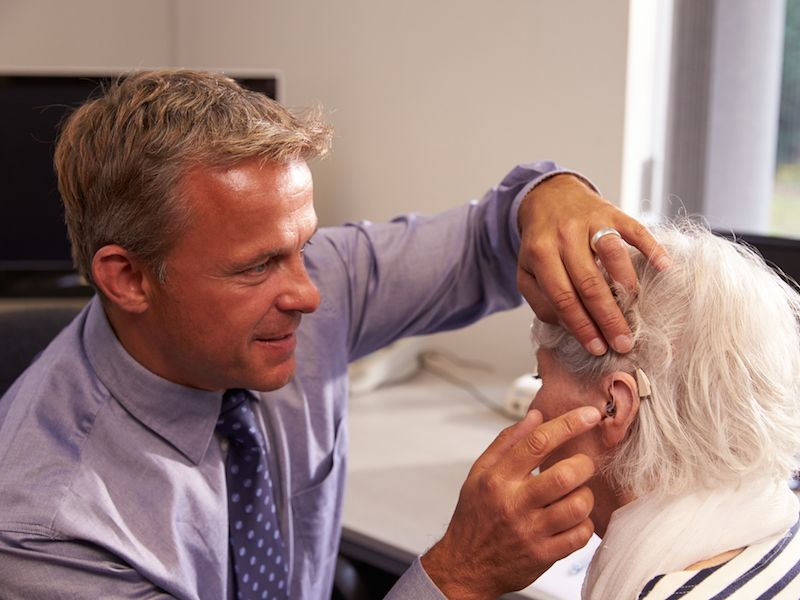
The numbers don’t lie: you might need hearing aids someday. A quarter of all people between 60 and 75, according to an NIDCD study, have hearing loss and for individuals over 75 this figure increases to 50%. The best way to deal with age-related loss of hearing is to wear a hearing aid, but how do you know which style is the right one for you? Hearing aids at one time had problems such as vulnerability to water damage and unwanted background noise but cutting-edge hearing aids have resolved these types of problems. But there’s still a lot you need to know when deciding on a hearing aid to make sure it fits your lifestyle.
Look Closely at Directionality
One essential attribute you need to pay attention to in a hearing aid is directionality, which has the capability of keeping background noise down while focusing on noise you want to hear like conversations. One, or both, of two directionality systems are working inside most hearing aids, they either focus on sound directly in front of you, or they focus on sound coming from different speakers and sometimes do both.
Will Your Hearing Aid Connect With Your Phone?
As a nation, we’re addicted to our phones. You most likely have some type of cell phone, either a smartphone or a flip phone. And on the off-chance that you don’t own any kind of cell phone, you probably still have a land-line. So, the way your hearing aid works with your phone is an important consideration when you’re shopping for hearing aids. What does it sound like? Are you capable of discerning voices precisely? Does it feel easy to wear? Is it Bluetooth Ready? When shopping for new hearing aids, you need to consider all of these.
What is The Likelihood You Would Actually Wear it?
In the last few years, as noted above, the technology of hearing aids has significantly improved. One of those advances has been the size and shape of hearing aids, which have moved towards the smaller and more comfortable path. But there are definitely pros and cons. A smaller hearing aid might not be as powerful as a larger one, so it mostly depends on your hearing professional’s recommendation and what you want to accomplish with your hearing aid. You can get a hearing aid that fits directly in your ear canal and is basically invisible, but it won’t have many of the functions available in larger hearing aids and will be prone to earwax clogs. On the other hand, better directionality features and more sophisticated sound amplification options are available with a behind the ear hearing aid though it’s a little larger.
What Type of Background Sound Will You be Exposed to?
One of the largest problems since hearing aid technology has been invented has been wind noise and the chaos it wreaks on wearers. Being outside on a windy day with a traditional hearing aid used to mean that you couldn’t hear anything except the wind, which is enough to drive anyone nuts. you live in a windy area or if you’re an outdoor person so you’ll want to control wind noises with your hearing aid choice so that conversations are free from that irritating wind howl. Inform yourself about the many different hearing aid choices available to you. Give us a call.
